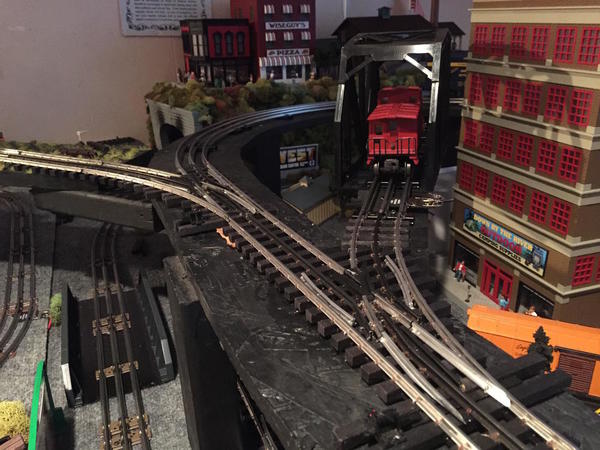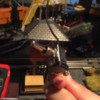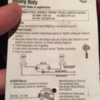I'll be honest. I'm an absolute electrical moron. I can put a few leads to the track via a terminal block but beyond that, I'm out. Feel free to snicker at this post all you want.
In short, I want to wire a toggle switch to be able to turn off several sidings on my layout. I decided to do the upper loop as an experiment before doing more.
Here are the two sidings I was hoping to wire to one, 3 position toggle.
Here is said toggle switch. Center position is "off" and both up and down are on (or Hi/Lo)
Here is said package on the switch and wiring diagram. Seems simple enough, right? Apparently wrong!
So, can I wire what I have to turn off/on each siding individually? I was able to get one siding to turn on and off if totally isolated. Once track is re-connected to the loop, it is powered all the time and the switch makes no change. Pulling the center track pins are no help.
Can anyone please help me with a dirt simple set of instructions or wiring diagram? Thought this would be a bit easier!
Thank you!









